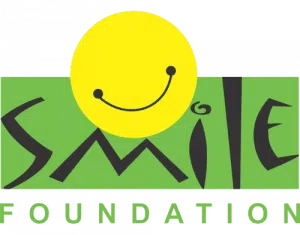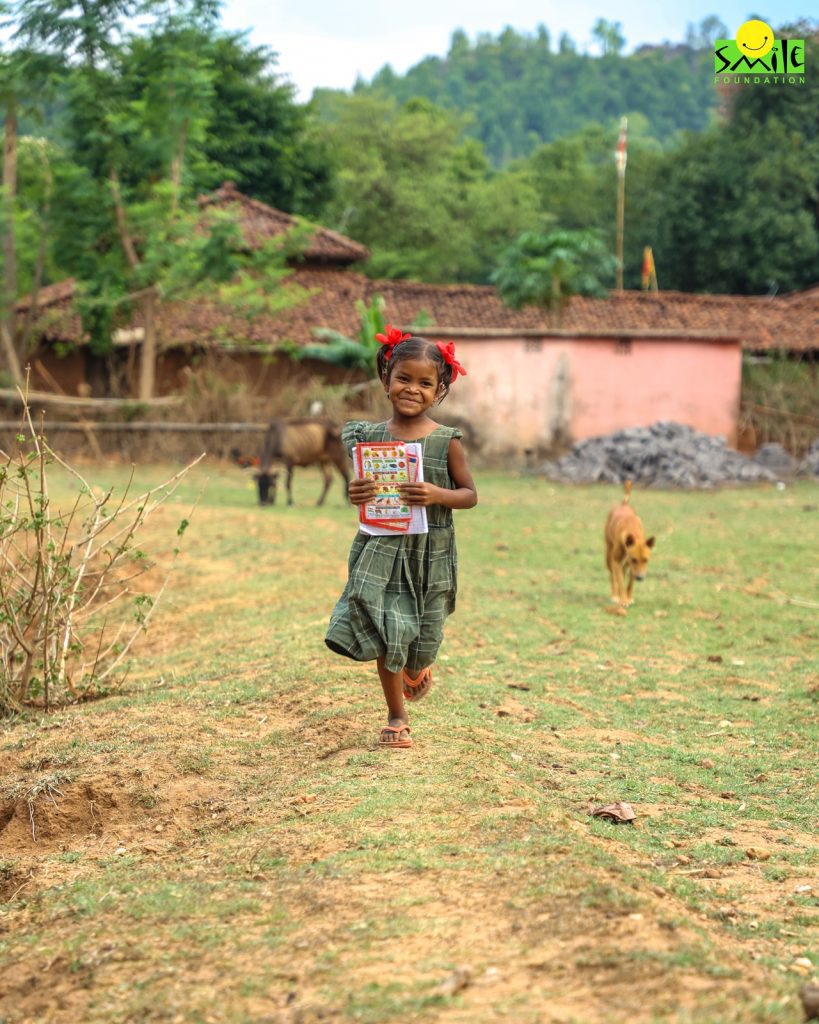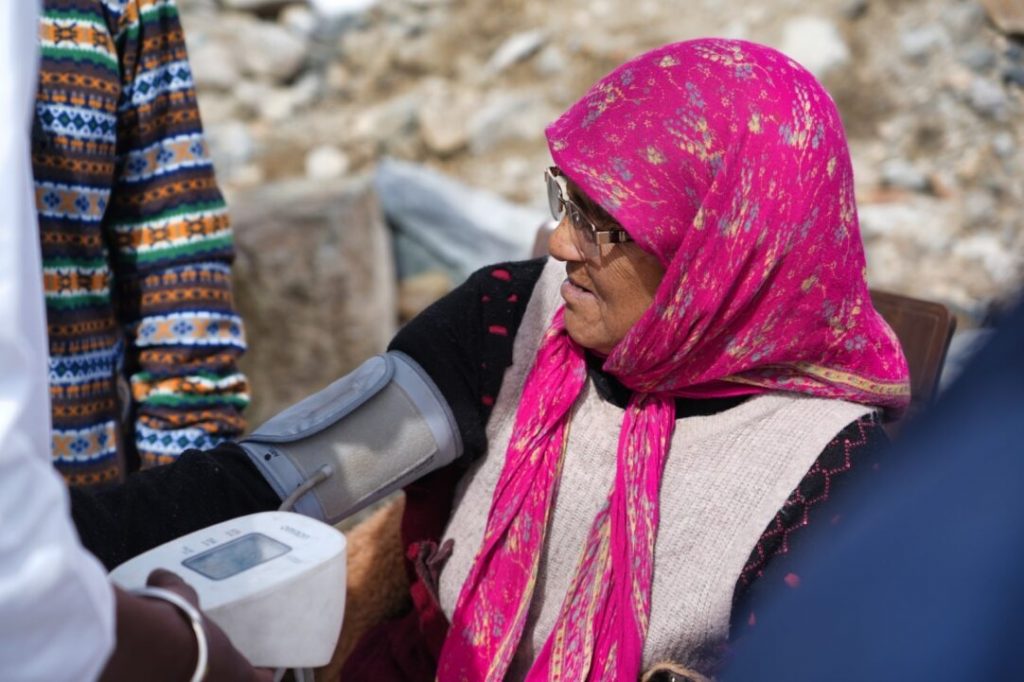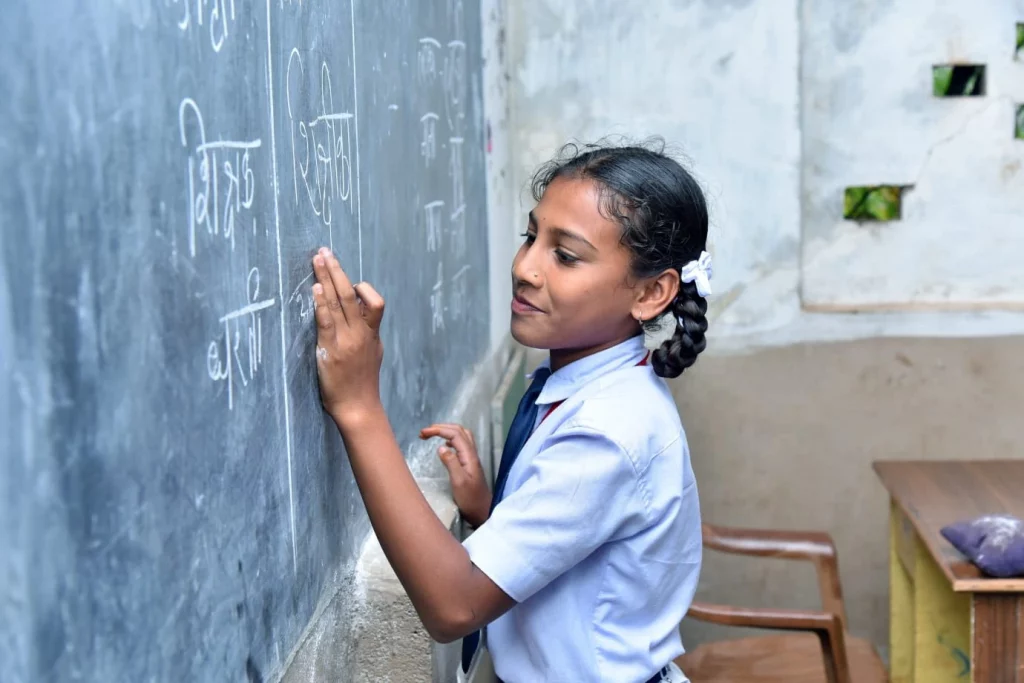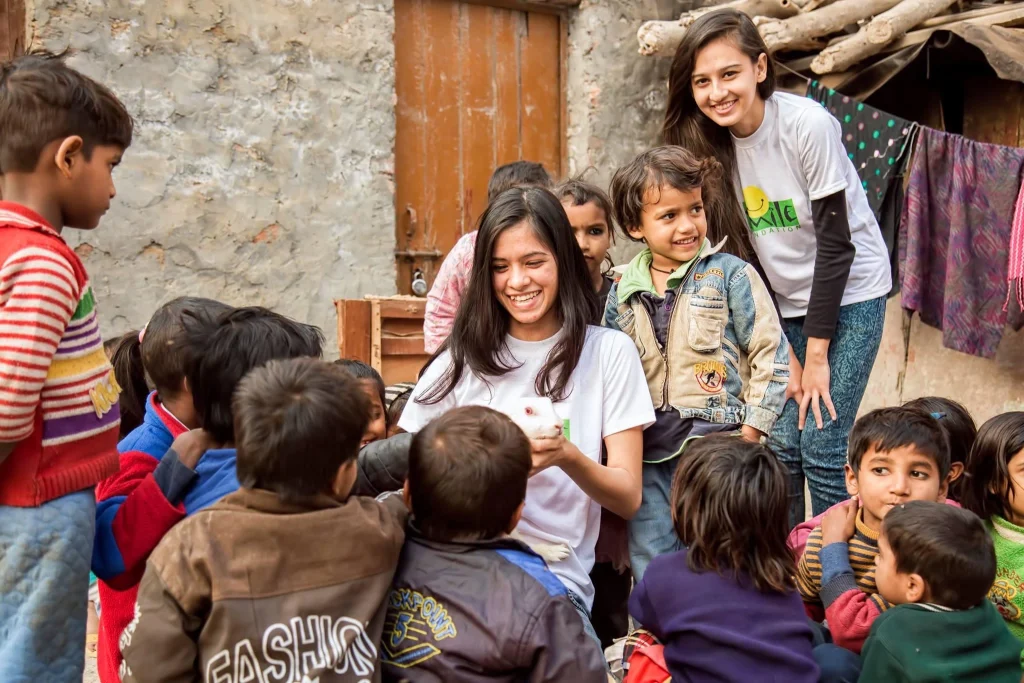Governments worldwide have committed to SDG 4 – quality education for all – yet the most marginalised, including indigenous and tribal students, lag far behind. UNICEF notes that SDG 4 explicitly emphasises that vulnerable groups (poor, rural, indigenous, refugees, persons with disabilities) must benefit from inclusive education. In practice, this means schooling must respect local languages and cultures.
UNESCO stresses that “minorities and indigenous people require an education system that respects their cultural, linguistic and religious needs” – for example through bilingual, intercultural curricula and dedicated budgets. Without such measures, indigenous children face disproportionately high dropout rates and low learning outcomes compared to national averages. As a recent UNESCO report notes, simply enrolling children in school is not enough; curricula, teaching and community outreach must be tailored to local realities.
India’s new education policy acknowledges this challenge. The NEP 2020 recognises that “children from tribal communities often find their school education irrelevant and foreign to their lives, both culturally and academically,” and calls for “special mechanisms” to ensure these students benefit from education reforms. Tribal and first-generation learners often juggle long commutes, economic hardship, and language barriers (e.g. a sudden shift to English instruction), which makes bridging programmes essential. Failure to address these gaps entrenches inequalities: without help, many tribal youth drop out around the secondary level, when high-stakes board exams and complex subjects create bottlenecks.
Smile Foundation’s Adilabad initiative for tribal students
In Telangana’s Adilabad district – home to many Adivasi communities – these challenges are front and center. The Tribal Welfare Department runs 67 residential Ashram high schools that offer free lodging and schooling to tribal youth. In late 2024, Smile Foundation teamed up with the state’s Tribal Welfare (ITDA) agency to launch the Academic Enhancement and Examination Preparedness (AEEP) programme in all 67 schools. AEEP represents a classic public–NGO partnership: the government provides classrooms and student outreach, while Smile contributes tutors, training and materials. This programme targeted roughly 2,700 students (67% of them girls) preparing for the 10th-grade board exams. Its aim was simple but vital: to shore up basic learning (especially in English, math and science), build test-taking confidence, and bridge gaps created by recent reforms.
The need was urgent. Until 2023 these Ashram schools taught in Telugu, but the state mandated English as the medium, and exam papers were issued only in English. Students with little prior English instruction suddenly faced foreign-language exams. As Smile’s report notes, “the students who have been taught Telugu were taught English since the last two years” – yet “the SSC board decided the question paper would also be given in English”. Faced with this “huge bottleneck,” Smile and local officials designed AEEP as a crash course in academic basics and exam strategy.
Over January–March 2025, they held 268 academic sessions across the 67 schools. These included mock tests, problem-solving workshops in Maths/Science, and counseling on exam preparation. Facilitators (often recruited locally) used standardised lesson plans and materials vetted by subject experts. Crucially, Smile distributed a bespoke 875-page “All-in-One” SSC guidebook – covering all subjects in simple language – to every board student. This leveled the playing field by giving village students the study tools usually only available to better-off peers.

One Tribal Welfare officer reports that students and teachers welcomed the materials: the handbooks reduced financial burden and boosted learners’ confidence.
The impact of AEEP’s approach is tangible. By project’s end, every one of the 67 schools had hosted multiple coaching sessions, reaching a combined 2,701 students and 376 teachers. Over 1,800 girls participated (reflecting the schools’ strong female enrollment). Weekly quizzes and feedback loops identified learning gaps and progressively raised test scores.
Preliminary outcomes show significant improvements in exam pass rates for participating villages, though formal evaluations are pending. Importantly, the programme built trust between families and schools: community meetings and local-language tutors helped parents feel invested in their children’s success.
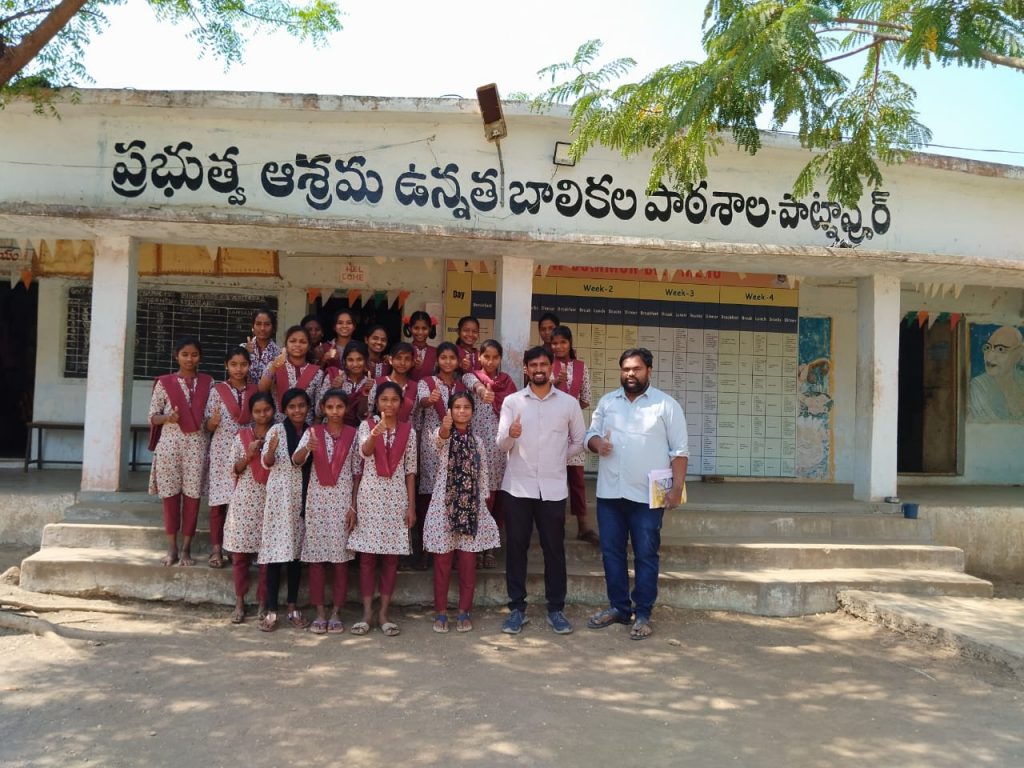
Global innovations in inclusive education
India’s tribal initiatives echo successful models elsewhere. In Brazil, for example, the government’s indigenous affairs agency (FUNAI) and education ministry support escolas indígenas, where instruction is adapted to native cultures and languages. Brazil’s 1988 constitution and subsequent laws guarantee intercultural, bilingual education, enabling Amazonian communities to design schools that blend traditional knowledge with core subjects.
Studies find that these programmes boost attendance and cultural pride by making schooling relevant to indigenous worldview. Rather than forcing assimilation, Brazil now emphasises curricula that respect native languages and lineages – a practice UNESCO cites as essential for indigenous inclusion.
In Kenya, the challenge is reaching children in remote arid regions. The government’s Primary Education Development Plan has explicitly targeted marginalised schools. With support from the Global Partnership for Education, some 4,000 schools – including 1,400 in Kenya’s poorest counties – received school improvement grants. Each school got about USD 5,500 to build toilets, train teachers, and raise community awareness of girls’ education and safety. These grants also funded volunteer patrols to accompany girls to school, helping Kenya close the gender attendance gap.
Moreover, Kenya’s nationwide textbook reforms illustrate the power of targeted support. By competitive procurement, the government cut costs by 70% and distributed over 10.5 million math textbooks for early grades in just two years. Many of these books were specially adapted with Braille and enlarged print to serve children with disabilities, signaling an inclusive vision. (The accompanying image shows a Kenyan schoolgirl with her new textbooks.) Kenya’s concerted efforts have paid off: primary enrollment is now effectively universal, and gender parity has nearly been achieved. Initiatives like distributing textbooks in refugee camps (Kakuma) further underscore Kenya’s commitment to “no learner left behind,” be they nomads or newcomers.
Australia’s remote schools also benefit from tailored policies. The federal “Closing the Gap” plan invested in the Remote School Attendance Strategy (RSAS), which shifted in 2019 from simply “getting kids to school” toward “keeping kids in school”. The revamped RSAS employs local Aboriginal liaisons and focuses on community engagement: local people encourage attendance, organise transport, and work with schools to solve problems. This model acknowledges that trust and local leadership are essential in isolated communities.
Other Australian measures mirror this community-centric philosophy: scholarships (e.g. boosting STEM for Indigenous girls), partnerships with elders, and state–federal cooperation. In each case, the common thread is clear – empower the community to uplift the school.
These international examples highlight key elements of success that mirror Smile’s approach in India.
- First, local engagement: hiring local tutors, involving parents and traditional leaders, and using native languages all build ownership.
- Second, cultural relevance: curricula that incorporate tribal knowledge or bilingual materials make learning less alien.
- Third, remedial and bridge instruction: providing extra coaching in core subjects, particularly at transition points like board exams, closes learning gaps.
- Fourth, continuous feedback: regular testing and adaptive lesson plans ensure programs respond to real needs.
- Finally, sustained support and partnerships: none of these works as a one-off.
In Telangana, Smile’s coordination with the tribal welfare department and school officials provided continuity. Similarly, in Australia and Kenya, government initiatives were bolstered by NGO and private partners. For example, Smile’s award-winning NXplorers STEM programme (with Shell) now reaches thousands of rural students by training teachers and engaging girls in engineering projects. Public–private collaborations like these multiply impact and help embed innovations into official systems.
Recommendations: Scaling up equity for marginalised and tribal students
The Telangana case – and its global parallels – make clear that targeted investment can yield rapid gains for marginalised students. We offer several policy recommendations:
- Strengthen public–NGO partnerships. Governments and international donors should empower local NGOs to fill gaps. Initiatives like Smile’s AEEP show that NGOs can mobilise quickly and innovate pedagogically. Funds and training (e.g. through Samagra Shiksha or GPE grants) can be channeled to community-based organisations in tribal areas. Institutionalise models such as ITDA–NGO co-management of ashram schools.
- Invest in remedial and transition programmes. Scale remedial coaching, bridge courses and exam-prep camps for disadvantaged students, as envisioned by NEP 2020. Board exam stakes are high in India; dedicated support for Class 10 and 12 candidates from tribal backgrounds (tutoring, model exams, study materials) can dramatically improve pass rates.
- Recruit and train local educators. Hire teachers and facilitators from within tribal communities. They are more likely to speak local dialects, understand cultural contexts, and gain trust. Provide these teachers with ongoing professional development, as well as pedagogical tools for multilingual education. Australia’s RSAS demonstrates that employing local liaison officers strengthens attendance and accountability.
- Use culturally responsive curriculum. Educational content must reflect tribal students’ lives. This means bilingual textbooks, examples drawn from local ecology and culture, and integration of indigenous history. Allocating specific budgets for developing such materials, as recommended by UNESCO and India’s policy think-tanks, is vital. The MDPI study on Brazilian indigenous schooling shows that when education values tribal knowledge, communities respond with greater engagement and pride.
- Enhance community engagement. Regularly involve parents, village councils and NGOs in school governance. Encourage community-driven monitoring of attendance and learning. Examples from Kenya and India alike show that when families see the value in education (through counseling sessions, scholarships, women’s literacy programs), enrollment and retention rise. Gender-focused outreach (mentoring girls, building girls’ hostels, abolishing child marriage) also helps meet SDG 5 on gender equality within tribal areas.
- Align with national and global goals. Embed these efforts in broader frameworks. For instance, link tribal education programmes to SDG 4 and SDG 5 targets, NEP 2020’s equity provisions, and India’s Aspirational District Programme. Create measurable indicators (e.g. tribal literacy rates, board exam performance) to track progress explicitly. The AEEP project itself framed its goals around SDGs 4 and 5, a practice all programmes should adopt to leverage international support and accountability.
In sum, the Adilabad initiative provides an encouraging proof of concept: with concerted effort, the cycle of marginalisation can be broken. Learning outcomes in these 67 Ashram schools are improving because the programme meets tribal students “where they are,” academically and culturally. This lesson is universal.
As the world races toward 2030, every country must ask: Who is being left behind in our classrooms? Then fund and design programmes – like Telangana’s AEEP – that ensure those children also thrive. By combining public commitment, community knowledge, and innovative partnerships, we can bring high-quality education within reach of all. Educating tribal and marginalised children is an investment in a more equitable and prosperous society for everyone.
Sources and References
- Smile Foundation (2025) – Mission Education: Academic Enhancement and Examination Preparedness Project Completion Report (AEEP, Adilabad).
- United Nations Sustainable Development Goals (SDGs) –
- UNESCO (2023) – Global Education Monitoring Report: Ensuring Inclusion and Equity in Education for Indigenous and Minority Children.
- UNICEF (2022) – Education for Every Child: The Role of Equity in SDG 4.
- Ministry of Education, Government of India (2020) – National Education Policy (NEP) 2020.
- Global Partnership for Education (GPE) – Kenya Country Page
- World Bank (2020) – Kenya Basic Education Improvement Project.
- MDPI (2021) – The Role of Intercultural and Bilingual Education in Brazil’s Indigenous Schools.
- Australian Government – National Indigenous Australians Agency (NIAA) –
- Remote School Attendance Strategy (RSAS)
- Closing the Gap Report 2023
- Shell NXplorers & Smile Foundation (2023) –
- Ministry of Tribal Affairs, Government of India (2023) – Annual Report & Statistics on Scheduled Tribes.
- Right to Education Forum, India (2022) – Leaving No Child Behind: Education Disparities Among India’s Tribes and Minorities.
- ASER Report (2022) – Annual Status of Education Report – Rural Learning Outcomes in India.
- World Inequality Report (2022) – Educational Inequality and Social Mobility Metrics in Global South
